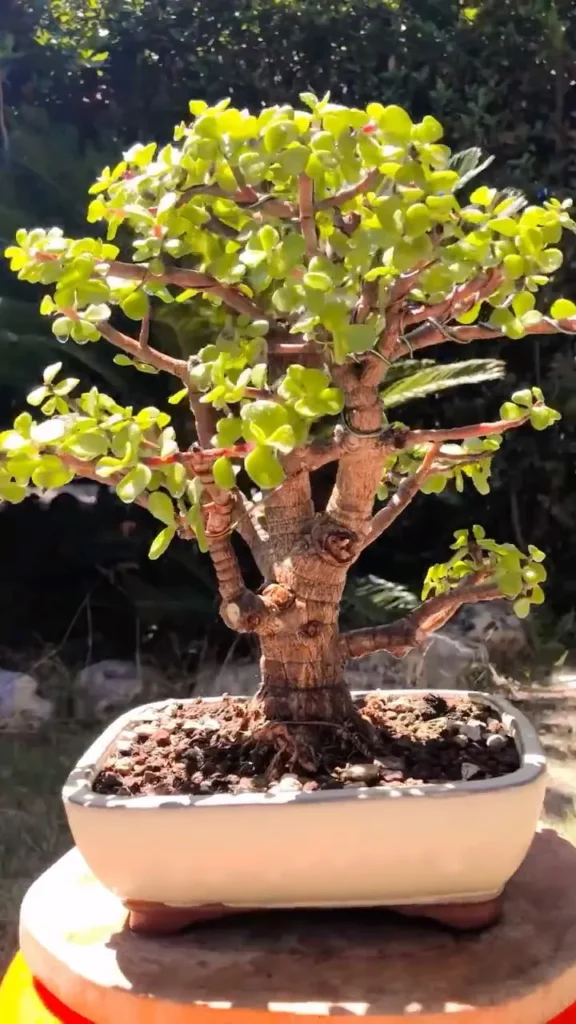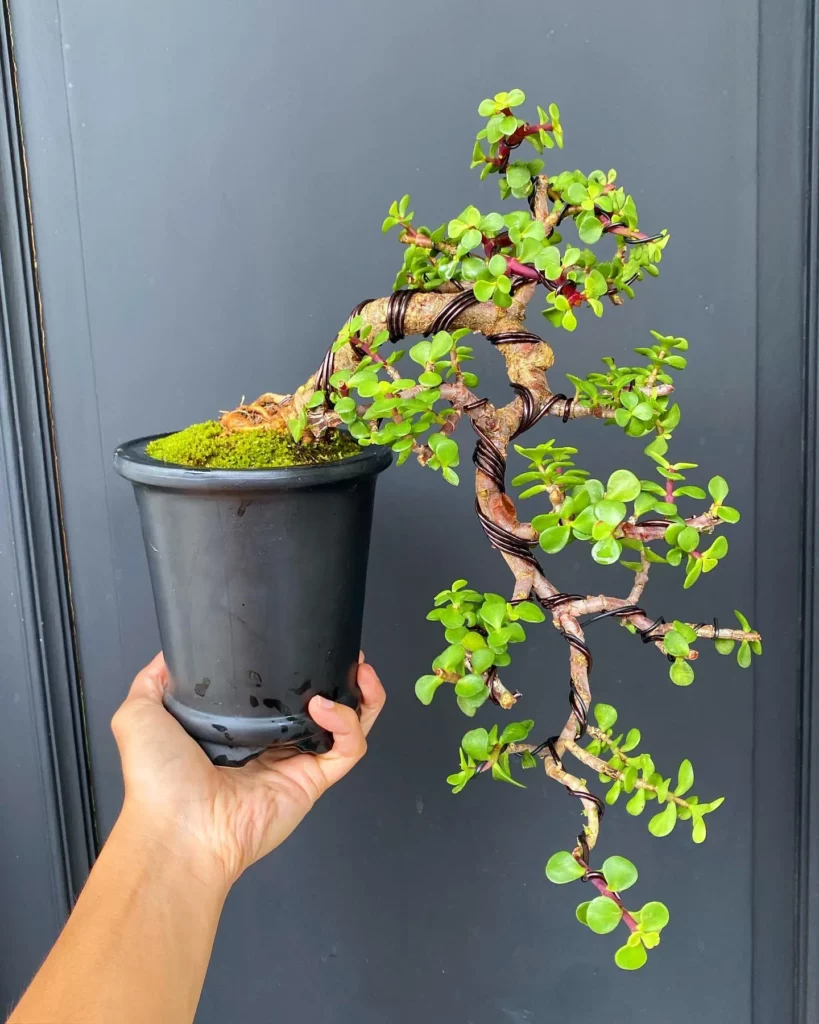Jade Bonsai trees do produce small white or pink flowers, but they are relatively rare in indoor bonsai cultivation.
They typically appear in late fall or early winter, which can be a nice surprise for those who take care of their Jade Plants.
To promote blooming in jade bonsai trees, it is important to provide the right balance of reduced watering, cooler nighttime temperatures, and exposure to bright, direct sunlight. These factors work together to mimic the natural environmental cues that trigger flower formation in jade plants.
With the right conditions and proper care, jade bonsai trees can produce pretty starry white to pink flowers, adding a touch of natural beauty to your indoor garden. Keep reading to learn more about the specific requirements for jade bonsai flowering and how to encourage blooming in these lovely plants.
No products found.
Key Takeaways:
- Jade bonsai trees, specifically the Crassula ovata and Crassula argentea varieties, can produce flowers under the right conditions.
- These plants typically need to be mature before they can bloom.
- Jade bonsai trees prefer arid ambient environments, so recreating those conditions with reduced watering and exposure to bright, direct sunlight is essential.
- Providing cooler nighttime temperatures and a period of rest before blooming can also encourage flower formation.
- Jade bonsai trees can produce pretty starry white to pink flowers with the right care and conditions.
Jade Plant Flowering Requirements



Jade plants have specific requirements for flowering. They need an arid ambient environment, which can be challenging to recreate indoors. Lack of humidity is crucial for the plants to form buds. They require a rest period before buds can form, which can be achieved by reducing watering and not fertilizing.
Jade plants need a photoperiod with shorter days, so they should be kept in an area with around 60 degrees F (12 C) and protected from freezing temperatures during fall. Flowers typically start to form around the shortest days of the year (late December to February in the northern hemisphere) and bloom in late winter to early spring.
After blooming, increased watering and temperature are necessary as spring progresses. Fertilizing with a diluted balanced liquid fertilizer on a monthly basis from spring to late summer can also help. Note: Annual blooms are not guaranteed, as jade plants require time to store enough energy for the infrequent flowering spectacle.
No products found.
| Requirement | Details |
|---|---|
| Arid Ambient Environment | Indoors, it can be challenging to recreate an arid environment without excessive humidity. |
| Dormancy Period | Jade plants require a rest period with reduced watering and no fertilization before buds can form. |
| Photoperiod | Keep jade plants in an area with shorter days, around 60 degrees F (12 C), and protect them from freezing temperatures during fall. |
| Extreme Environmental Conditions | Flowers typically form around the shortest days of the year (late December to February in the northern hemisphere) under extreme environmental conditions. |
How to Encourage Jade Plant Blooming

Recreating the native habitat of jade plants is crucial for encouraging blooming. One of the key factors is providing the right amount of light. To achieve this, place your jade plant in a southern-facing window where it can receive 8-12 hours of bright and direct sunlight. If the weather allows, you can also consider moving the plant outside during the spring and summer months to promote blooming.
No products found.
Maturity is another important factor for jade plants to bloom. These plants typically need to be at least 3-4 years old before they are likely to produce flowers. Younger plants may require more time and care before they can bloom.
To further encourage blooming, it is beneficial to stress the jade plant. Keeping the plant rootbound and watering sparingly can help achieve this. Jade plants thrive in dry conditions, so allowing the soil to completely dry out between waterings is essential.
Jade plants require a period of rest to trigger blooming. This can be achieved by providing longer nights and a temperature drop of around 10 degrees Fahrenheit. By recreating these conditions, jade bonsai trees have a better chance of producing their delicate and beautiful flowers.
What Do Jade Plant Flowers Look Like?



Jade Plant flowers are tiny and shaped like stars. They are usually white or light pink, although they can vary in color. These small flowers cluster together at the ends of the plant’s branches, creating a pretty display.
Conditions for Flowering

For Jade Plants to bloom, certain conditions must be met:
- Age: Jade Plants often need to be a few years old and have a thick stem before they start producing flowers.
- Cooler Weather: Flowering is often triggered by a slight drop in nighttime temperatures during the fall and early winter.
- Enough Light: Jade Plants need good, indirect sunlight to flower. Make sure they get bright but not too hot sunlight.
- Proper Care: Taking care of your Jade Plant, including watering it correctly and using well-draining soil, can help it stay healthy and more likely to bloom.
What Do Jade Plant Flowers Mean?



Jade Plant flowers are a sign that your plant is doing well and is healthy. While the flowers themselves are small and not the main reason for having a Jade Plant, they indicate that your plant is happy in its environment.
Making Seeds

Jade Plants can produce seeds, but this is not very common when they are grown indoors. If you want your Jade Plant to make seeds, you would need to help pollinate the flowers by hand and create the right conditions for the seeds to develop.




